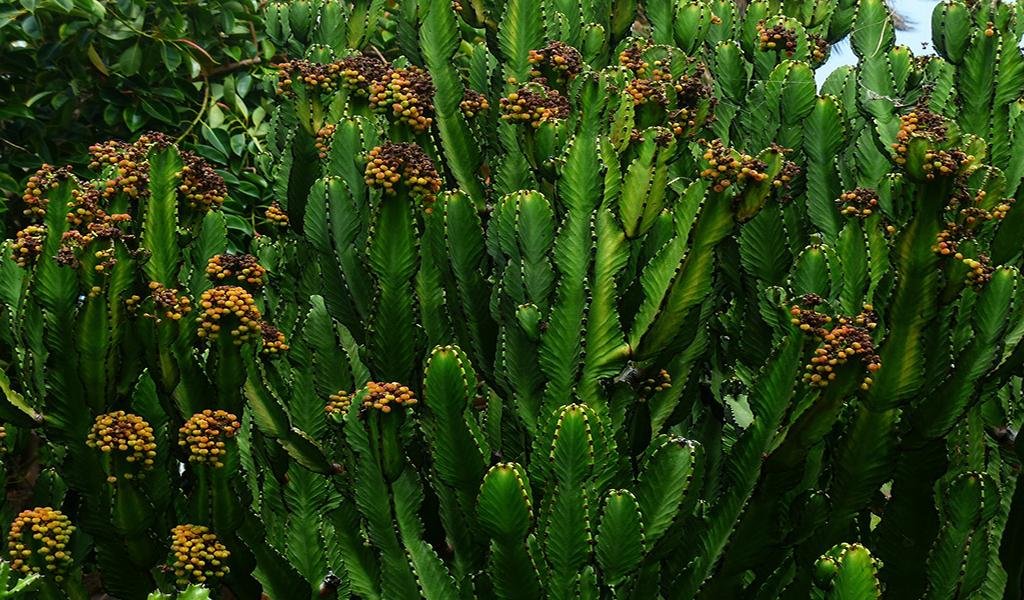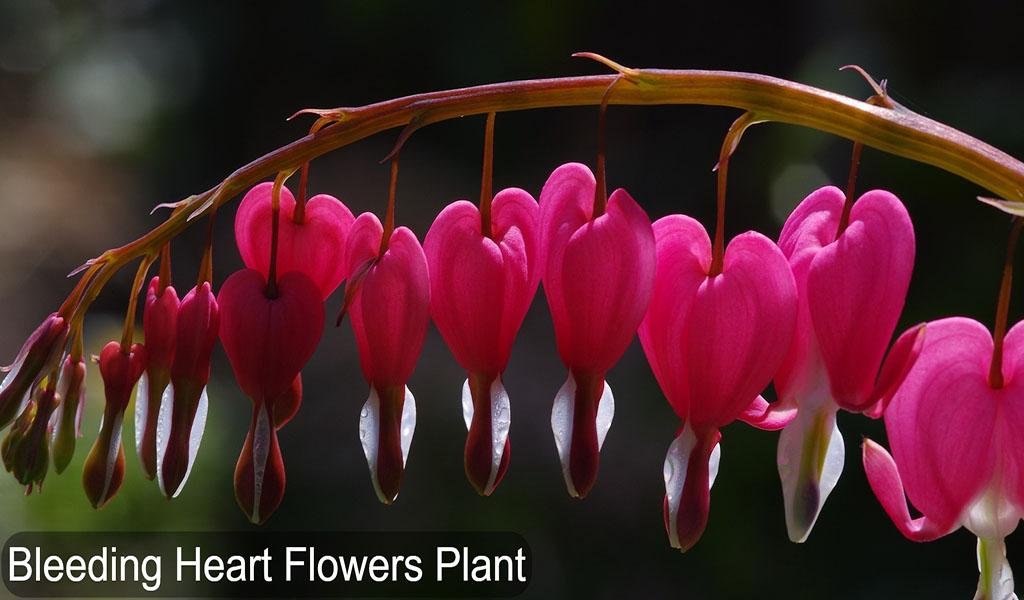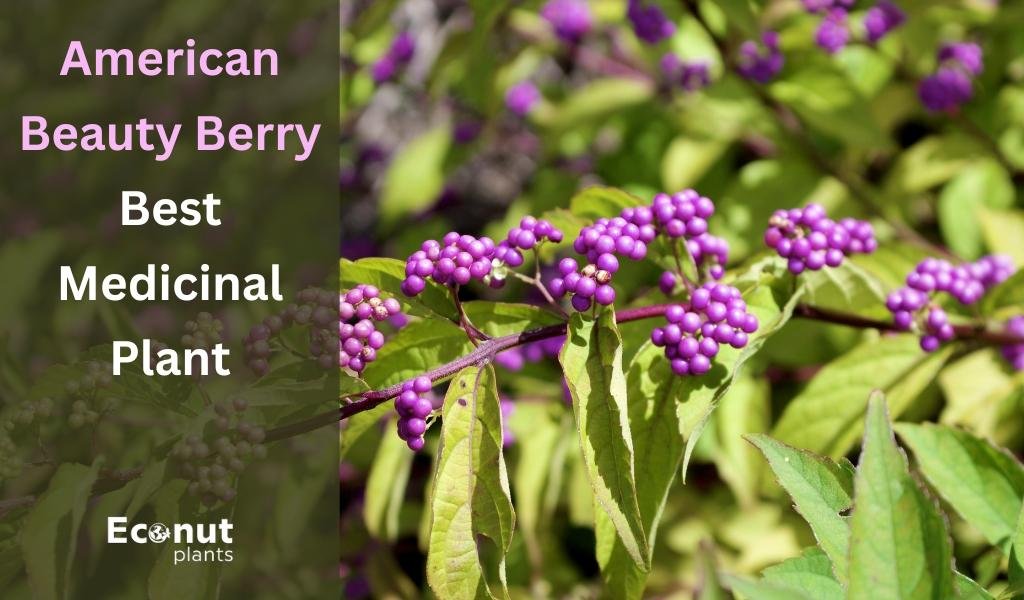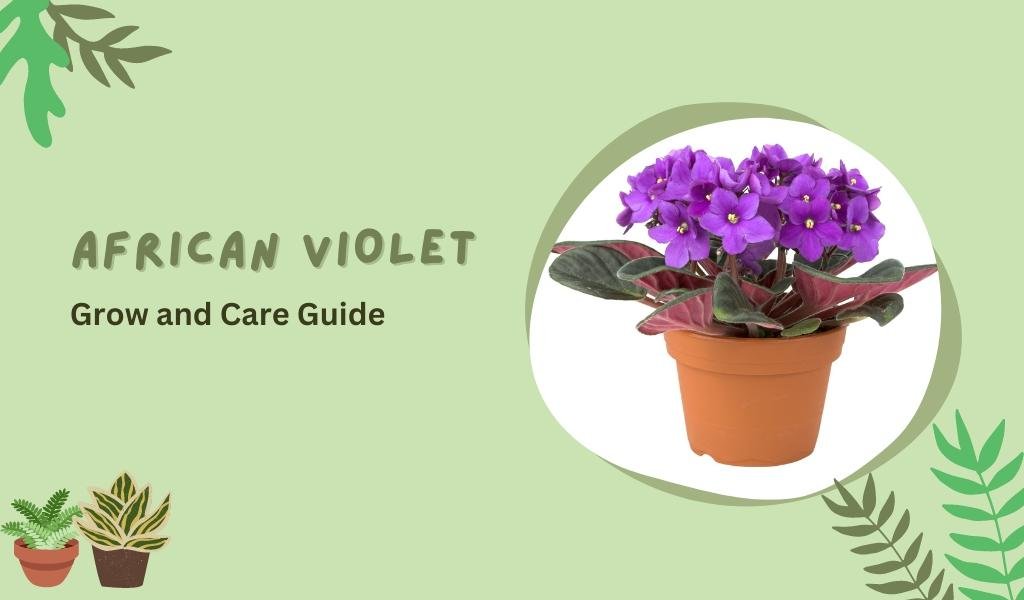The West, blue bunch wheatgrass is a crucial natural plant. It is very tasty and drought- and low productivity soil-adapted.
natural plants
African Milk Tree: A Guide to Cultivation and Care
A species of flowering plant called Euphorbia trigona, sometimes known as the African milk tree, cathedral cactus, or Abyssinian euphorbia, is native to Central Africa.
Acer saccharinum Plant: A Guide to Growing, And Care
Sapindaceae family of flowering plants, which also includes the soapberry and lychee, also includes the sugar maple, Acer saccharin.
Phragmites australis: Exploring the Tall Grass’s Ecological Role
The typical P. australis seen in Eurasia is an aquatic or sub-aquatic, erect perennial grass that can grow up to 4 meters tall, is heavily tufted, and has an extensive rhizome system.
Bleeding Heart Flowers: An incredibly fragrant flowering plant.
Permanent herbaceous plants of the Papaveraceae family also include bleeding-heart flowers.
Corn Plant: How To Grow & Care
Dracaena fragrans (cornstalk dracaena) is a flowering plant native to tropical Africa, blooming in highlands at around 600-2,250 m (1,970-7,380 ft) in height. It also goes by striped dracaena, compact dracaena, and corn plants.
American Beauty Berry: Best Medicinal Plant
Lobelia is a plant that flowers genus with 415 varieties found mainly in tropical to warm temperate parts of the world, with a few species extending into cooler temperate zones. They are frequently called lobelias.
Angelonia Plant: Best Plant For Indoor
Angelonia is a Plantaginaceae genus containing more than thirty species from Mexico to Argentina.
African Violet Plants: One Of The Most Beautiful For Houseplants
Sometimes you think about which houseplant is beautiful for the house. your answer is here, African Violet Plants are One Of The Most Beautiful For Houseplant.
Lithodora Plant
The Lithodora is a small genus of flowering plants. The species name is also used as the common name of the most popular species Lithodora diffusa. It is a low-growing floral groundcover that looks great in rock gardens, next to walkways, and around flower borders.










